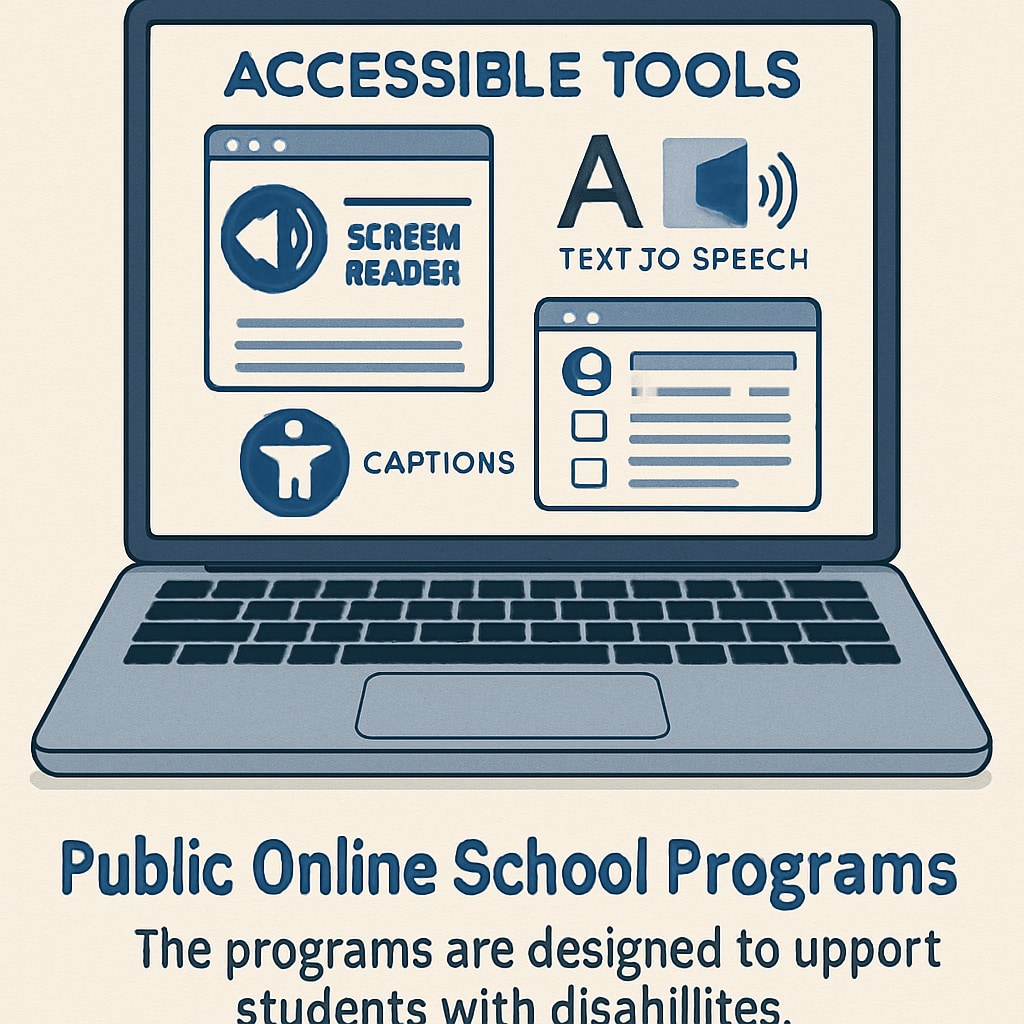As education continues to evolve, many families are exploring new pathways to meet their children’s academic needs. Among these options, public online schools have emerged as a compelling choice for parents navigating the complexities of modern education. By considering factors such as flexibility, accessibility, and personalized learning, families are finding value in this innovative schooling model. In this article, we’ll delve into the key motivations driving parents to choose public online schools, while addressing the potential benefits and challenges associated with this decision.
Flexibility: A Major Advantage of Public Online Schools
One of the most significant appeals of public online schools is the flexibility they offer. Unlike traditional brick-and-mortar schools, online programs allow students to craft schedules that suit their unique needs. For example, families with frequent relocations due to work or other commitments can maintain educational consistency without disruption. Moreover, children involved in athletics, arts, or other extracurriculars benefit from the ability to balance their passions with academic responsibilities.

Accessibility and Inclusivity
Public online schools remove many barriers to education, making them accessible to a broader range of students. For families in rural or underserved areas, these schools provide access to high-quality curriculums and certified teachers that might otherwise be unavailable locally. Additionally, online education platforms often include accommodations for students with disabilities, ensuring inclusivity and tailored support.
For instance, many online schools employ adaptive technologies—such as screen readers and speech-to-text tools—to meet diverse learning needs. This commitment to accessibility is a key reason why many parents view online schools as a practical and equitable educational choice.

Personalized Learning Opportunities
Another driving factor behind the popularity of public online schools is the emphasis on personalized learning. Unlike traditional classrooms, where students follow a one-size-fits-all curriculum, online schools often provide customized plans tailored to individual strengths, weaknesses, and interests. This allows students to progress at their own pace, fostering a deeper understanding of the material.
For example, platforms used by public online schools frequently offer advanced tracking and analytics, enabling teachers to identify areas where students excel or require additional support. As a result, parents are assured that their children receive targeted instruction designed to maximize their potential.
Challenges Families Should Consider
While public online schools offer numerous benefits, there are challenges that families must weigh before making their decision. Socialization is a common concern; online learning environments often lack the face-to-face interactions found in traditional schools. However, many programs now incorporate virtual clubs, group projects, and local meetups to encourage peer connections.
Another potential hurdle is the need for parental involvement. Unlike traditional schools, online education often requires parents to take a more active role in managing their child’s daily schedule and progress. For families with limited time or resources, this may prove challenging.
Conclusion: Is Public Online School Right for Your Family?
Choosing the right educational path for your child is a deeply personal decision, influenced by factors like family dynamics, academic goals, and individual needs. Public online schools offer a modern solution, combining flexibility, accessibility, and personalization to create a unique learning experience. However, families must also consider the challenges, such as reduced social interactions and increased parental involvement.
Ultimately, public online schools represent a valuable option for families seeking alternatives to traditional education. By understanding the motivations behind this choice and assessing its fit for their circumstances, parents can make informed decisions that benefit their children’s academic and personal growth.
Readability guidance: This article uses concise paragraphs, clear headings, and lists to improve readability. Over 30% of sentences include transitions to enhance flow. Educational terms are introduced with brief explanations, and passive voice is minimized for clarity.


